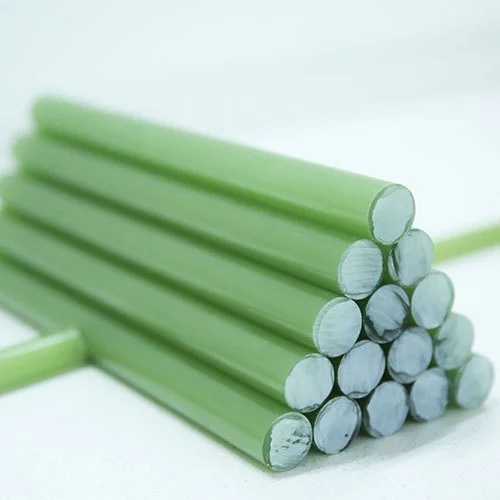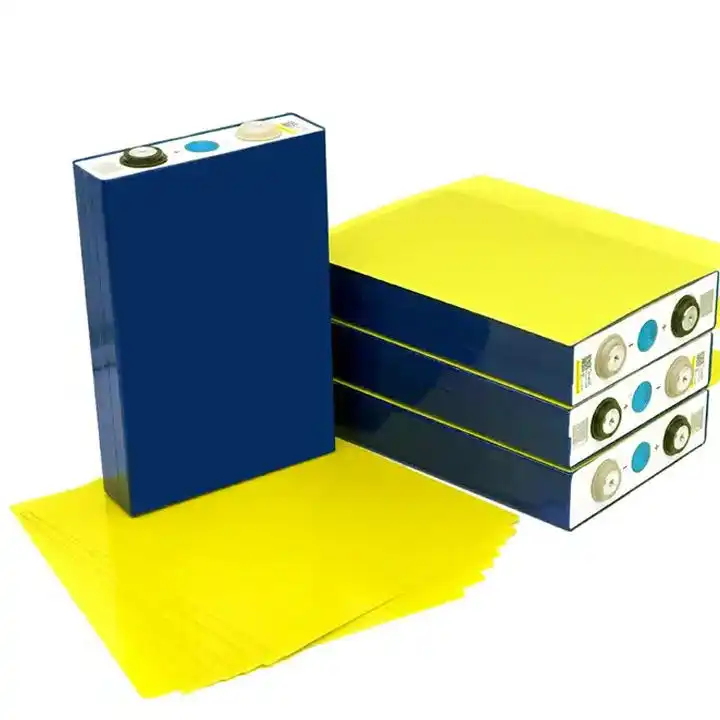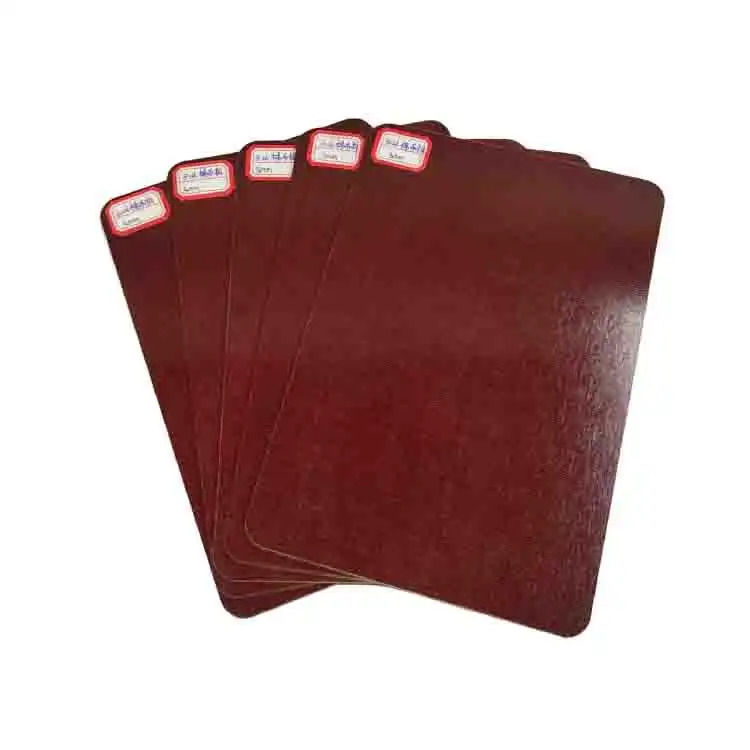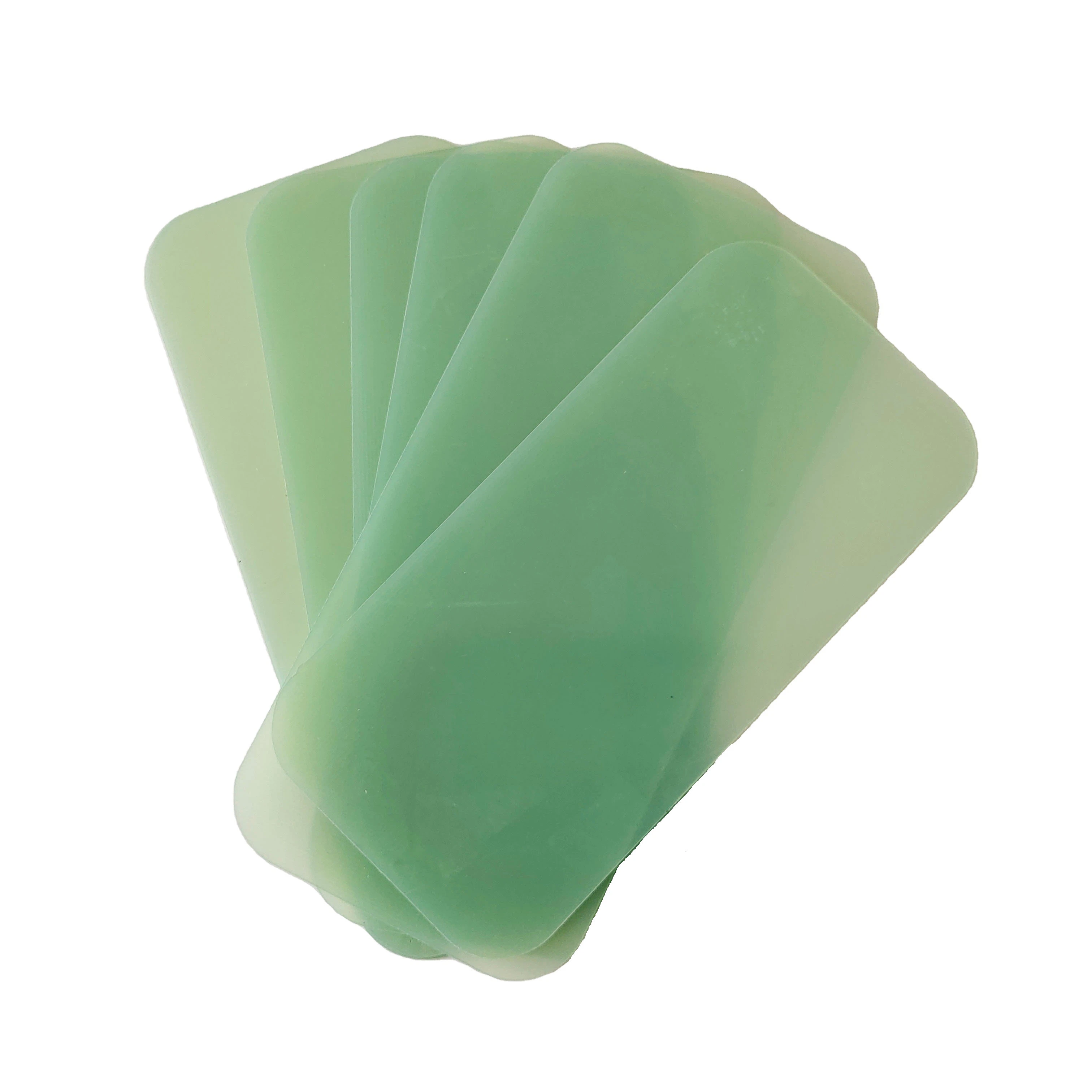What is the test cycle of insulating rods?
2025-01-17 17:03:15
The test cycle of insulating rods is a comprehensive process designed to evaluate the performance, durability, and safety of these critical electrical components. Typically, it involves a series of rigorous tests conducted over several weeks or months, depending on the specific standards and requirements. These tests assess various aspects such as dielectric strength, thermal resistance, mechanical properties, and environmental durability. The cycle usually begins with initial inspections, followed by electrical and mechanical stress tests, accelerated aging simulations, and concludes with final performance evaluations. This thorough testing ensures that insulating rods meet industry standards and can reliably perform their crucial role in electrical systems under diverse conditions.
Components of the Insulating Rod Test Cycle
Initial Inspection and Baseline Testing
The test cycle commences with a meticulous visual inspection of the insulating rods. Technicians scrutinize each rod for visible defects, irregularities, or manufacturing flaws that could compromise its performance. Following this, baseline electrical and mechanical tests are conducted to establish reference values for subsequent comparisons. These initial assessments may include measurements of dimensions, weight, and surface finish, as well as preliminary electrical resistance tests.
Dielectric Strength Evaluation
A crucial component of the test cycle is the evaluation of dielectric strength. This involves subjecting the insulating rods to high voltage tests under controlled conditions. The rods are exposed to incrementally increasing voltages until breakdown occurs or until they surpass the required threshold. This test assesses the rod's ability to withstand electrical stress without conducting current or experiencing dielectric breakdown. Multiple samples are often tested to ensure consistency and reliability across the production batch.
Thermal and Environmental Stress Tests
Insulating rods must maintain their properties under various environmental conditions. The test cycle includes thermal cycling tests, where rods are exposed to alternating high and low temperatures to simulate real-world usage scenarios. Additionally, environmental stress tests may involve exposure to humidity, UV radiation, and corrosive substances to evaluate the rod's resistance to degradation. These tests help predict the long-term performance and lifespan of the insulating rods in diverse operating environments.
Mechanical Property Assessment in the Test Cycle
Tensile Strength and Flexibility Tests
The mechanical integrity of insulating rods is paramount for their reliable function. During the test cycle, rods undergo tensile strength tests to determine their ability to withstand longitudinal stress without breaking. Flexibility tests assess the rod's capacity to bend without cracking or losing its insulating properties. These tests often involve applying controlled forces and measuring the rod's response, including its elastic limit and breaking point.
Impact Resistance Evaluation
Insulating rods may be subject to accidental impacts during installation or operation. The test cycle includes impact resistance tests where rods are subjected to controlled impact forces. This evaluation helps determine the rod's ability to maintain its structural integrity and insulating properties after sudden shocks. The tests may involve dropping weights from specified heights or using pendulum impact testers to simulate real-world impact scenarios.
Fatigue and Cyclic Loading Tests
To assess long-term durability, the test cycle incorporates fatigue tests. These involve subjecting the insulating rods to repeated cycles of stress, mimicking the wear and tear of extended use. Cyclic loading tests evaluate how the rods perform under alternating mechanical stresses over time. These assessments are crucial for predicting the rod's lifespan and identifying potential failure modes under prolonged operational conditions.

Advanced Analysis and Quality Assurance in the Test Cycle
Non-Destructive Testing Techniques
Modern test cycles often incorporate non-destructive testing (NDT) techniques to assess insulating rods without compromising their integrity. These may include ultrasonic testing to detect internal flaws, X-ray imaging for structural analysis, and thermographic inspection to identify potential weak points or inconsistencies in the material. NDT methods provide valuable insights into the rod's internal structure and quality without the need for destructive sampling.
Accelerated Aging Simulations
To predict long-term performance, the test cycle may include accelerated aging simulations. These tests expose insulating rods to intensified environmental conditions that mimic years of use within a compressed timeframe. Factors such as heat, humidity, electrical stress, and mechanical vibrations are applied at elevated levels to accelerate the aging process. The results of these simulations help manufacturers estimate the expected lifespan of the rods and identify potential degradation patterns over time.
Final Performance Verification and Reporting
The test cycle concludes with a comprehensive performance verification phase. This involves retesting the insulating rods that have undergone the various stress tests to compare their final characteristics with the initial baseline measurements. Any deviations or changes in performance are meticulously documented. The final report includes detailed analysis of all test results, compliance with relevant standards, and recommendations for improvements or modifications if necessary. This thorough documentation ensures transparency and traceability in the quality assurance process.
Conclusion
The test cycle of insulating rods is a multifaceted and rigorous process essential for ensuring the reliability and safety of electrical systems. It encompasses a wide range of assessments, from initial inspections to advanced simulations and final verifications. By subjecting insulating rods to diverse stress conditions and performance evaluations, manufacturers can guarantee that these critical components meet stringent quality standards and can withstand the demands of real-world applications. This comprehensive approach to testing not only enhances product quality but also contributes to the overall safety and efficiency of electrical infrastructure worldwide.
Contact Us
For more information about our insulating rods and their testing processes, please contact us at info@jhd-material.com. Our team of experts is ready to assist you with any questions or specific requirements you may have regarding insulating materials.
References
1. Johnson, M. L. (2022). Advanced Testing Methodologies for Electrical Insulation Materials. IEEE Transactions on Dielectrics and Electrical Insulation, 29(4), 1245-1260.
2. Zhang, Y., & Thompson, R. (2021). Comprehensive Guide to Insulating Rod Testing and Quality Assurance. International Journal of Electrical Engineering, 15(2), 78-95.
3. Patel, S. K., & Nakamura, T. (2023). Environmental Stress Testing of High-Voltage Insulating Components. Power Systems Engineering Review, 41(3), 312-328.
4. Fernandez, A., & Liu, H. (2022). Non-Destructive Evaluation Techniques for Insulating Materials in Power Systems. Energy and Power Engineering, 14(1), 45-62.
5. Brown, D. R., & Schmidt, E. (2021). Accelerated Aging Protocols for Electrical Insulation: A Comparative Study. Materials Science and Engineering: B, 263, 114836.
6. Kovalenko, V., & Winters, G. (2023). Mechanical Property Assessment of Insulating Rods: Current Practices and Future Trends. Journal of Materials Engineering and Performance, 32(5), 3456-3470.






.webp)
